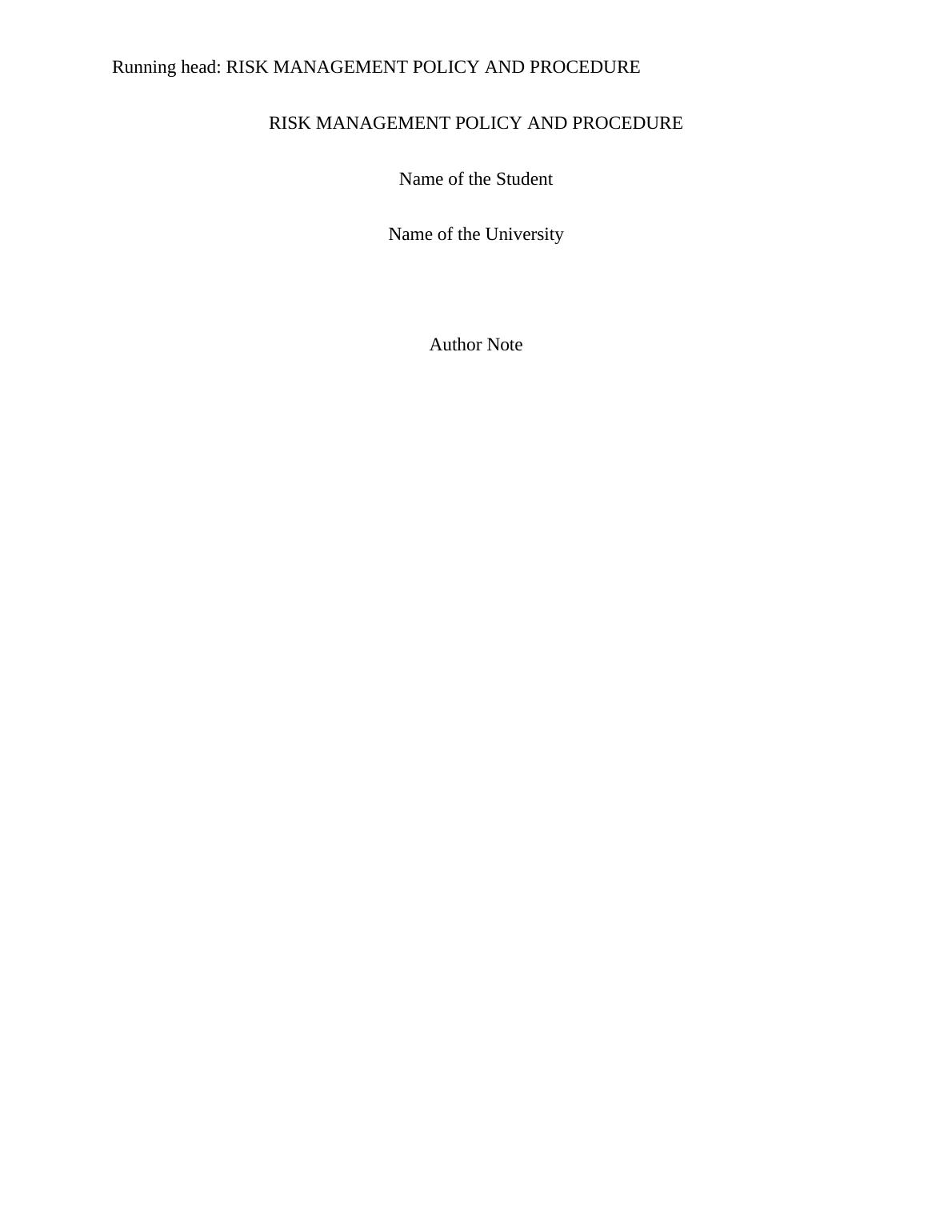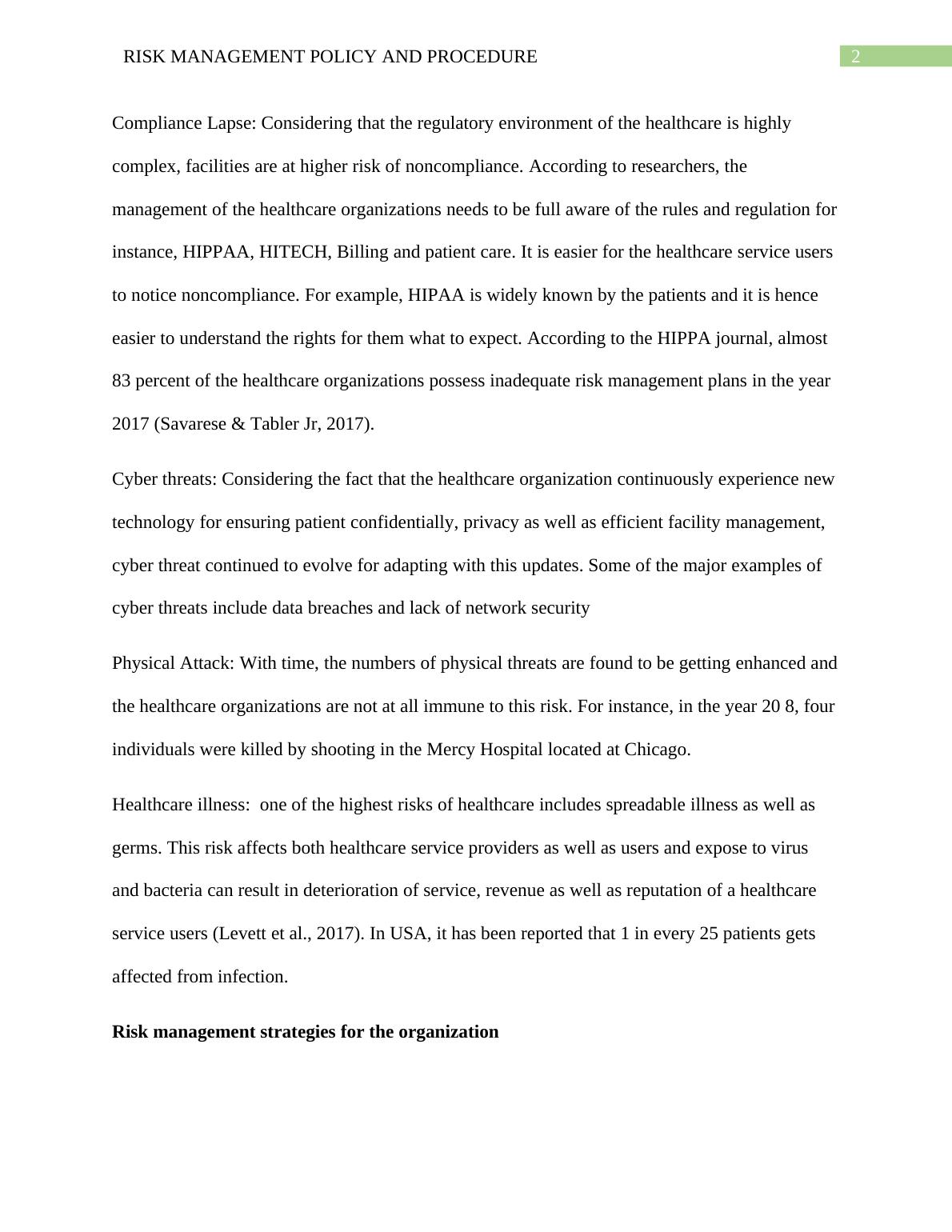Why Policies and Procedures Matter -
Added on 2022-08-21
6 Pages1075 Words14 Views
End of preview
Want to access all the pages? Upload your documents or become a member.
Contemporary Technological Advanced World People
|6
|1425
|15
Information and Data Risk Management Issues
|5
|916
|178
Role and Importance of Risk Register for University's Digital Security
|13
|3003
|227
Cyber Security: Policies, Training, Detection, Assessment, Recovery
|10
|1480
|414
Australian Guidelines for the Prevention and Control of Infection in Healthcare
|10
|2713
|473
CYBER SECURITY Name: Student Id: Name of univeristy:.
|8
|4621
|39



